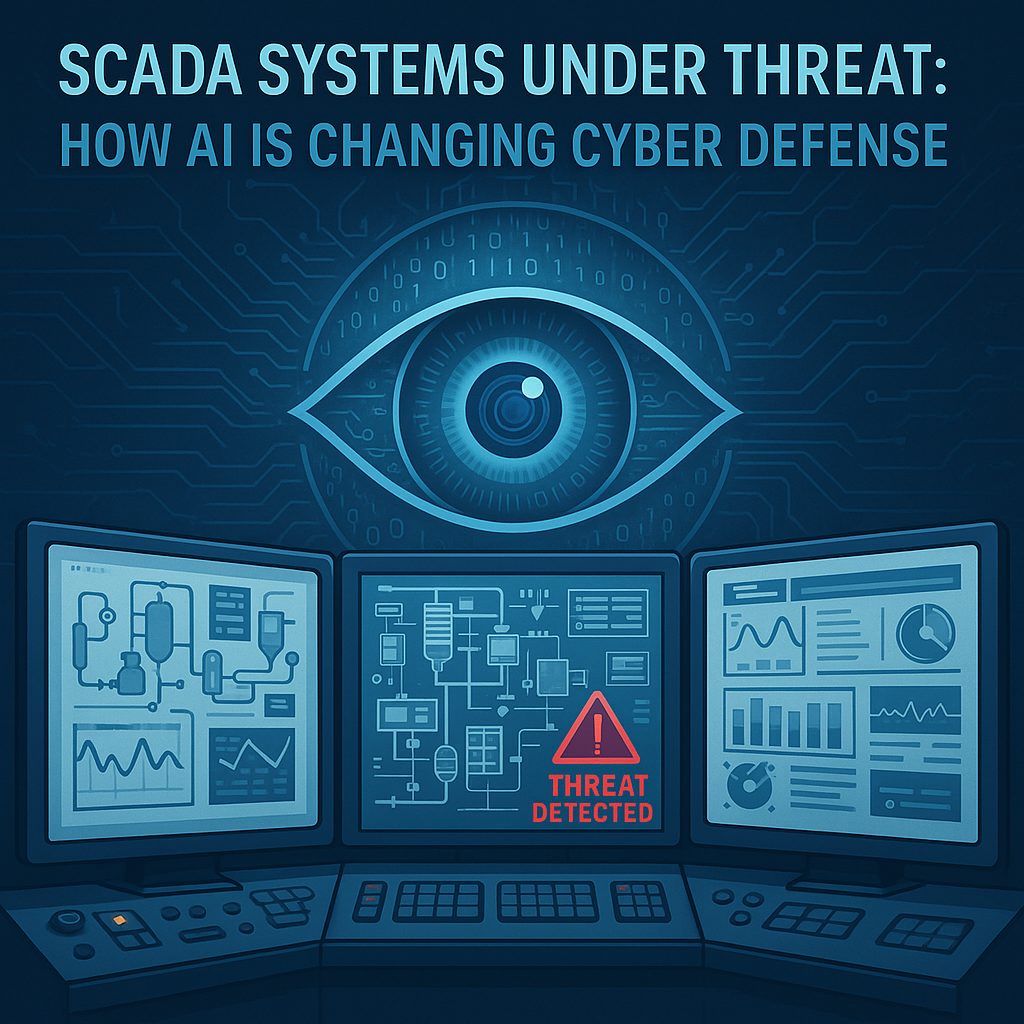SCADA Systems Under Threat: How AI is Changing Cyber Defense

In today’s digital-industrial ecosystem, Supervisory Control and Data Acquisition (SCADA) systems play a critical role in controlling power grids, water treatment facilities, manufacturing lines, and smart buildings. Yet, these very systems are under increasing threat from cyberattacks—ransomware, protocol injection, logic manipulation, and insider exploits that can cripple operations in seconds. The stakes are high: a single breach in a SCADA-controlled pipeline or utility station can lead to environmental disasters, economic shutdowns, or even threats to human safety. This is where AI-powered cybersecurity emerges as a transformative defense mechanism.
Traditional SCADA security relies heavily on rule-based intrusion detection systems (IDS), which can be bypassed by sophisticated or novel threats. AI, especially when applied at the edge or through federated learning, adds a new dimension of protection: adaptive, behavior-based anomaly detection. Instead of depending on known threat signatures, AI systems learn from normal operational patterns—temperature curves, actuator sequences, pressure cycles—and flag deviations that could indicate malicious behavior.
For example, if a water utility SCADA network typically activates a valve sequence between 4–6 a.m., an unexpected midnight trigger could be immediately flagged. AI doesn’t just detect the anomaly—it correlates patterns across time and equipment, determining whether the deviation is a maintenance oversight or a potential cyber intrusion. This reduces false positives and ensures that real threats get immediate attention.
The integration of digital twin technology further enhances AI’s utility. By running real-time simulations of the physical infrastructure, these twins can test the consequences of abnormal SCADA commands in a virtual environment—without putting real assets at risk. Combined with AI, this simulation-driven intelligence forms a powerful predictive shield.
Furthermore, SCADA networks benefit from edge-based AI deployment, where data analysis happens directly on local control units. This reduces latency, eliminates reliance on internet connectivity, and strengthens defenses against man-in-the-middle and denial-of-service (DoS) attacks.
As cyber-physical threats become more targeted and destructive, static defenses will no longer suffice. AI offers real-time vigilance, allowing SCADA systems to self-monitor, adapt, and learn as threats evolve. When paired with Zero Trust architectures, encrypted telemetry, and federated models, AI becomes more than a tool—it becomes a dynamic, intelligent guardian of industrial infrastructure.
In the era of smart industry, SCADA cyber defense is no longer an IT problem—it’s a frontline engineering priority. And AI is leading the charge.
